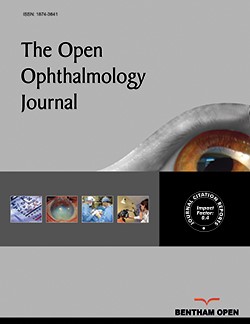All published articles of this journal are available on ScienceDirect.
Conventional Versus Transepithelial Photorefractive Keratectomy: A Review of Clinical Outcomes
Abstract
Refractive errors, including myopia, hyperopia, and astigmatism, can impair vision and require corrective solutions, such as glasses, contact lenses, or surgical intervention. Photorefractive Keratectomy (PRK) and transepithelial PRK (TPRK) are two surface ablation laser procedures commonly used to correct refractive errors by reshaping the cornea. PRK, a widely used technique, involves mechanical or alcohol-assisted removal of the corneal epithelium before applying an excimer laser to ablate the stromal tissue. Although effective, PRK is associated with post-operative discomfort, longer recovery times, and potential consequences, such as corneal haze and regression. Alternatively, TPRK, introduced as an advancement over PRK, utilizes an excimer laser for both epithelial removal and stromal ablation in a single step, eliminating the need for mechanical scraping or alcohol application. This technique reduces surgical time, minimizes epithelial trauma, and enhances healing, leading to faster visual recovery and less post-operative pain. TPRK maintains similar efficacy to PRK while improving patient comfort and reducing complications. Despite these advantages, both procedures have contraindications and additional postoperative consequences. Moreover, Artificial Intelligence (AI) is increasingly shaping ophthalmology by enhancing diagnostic precision and supporting refractive surgery planning. Machine learning models contribute to improved patient selection, prediction of surgical outcomes, and refinement of procedures such as PRK and TPRK. In this review, we compare visual and refractive outcomes, complications, and patient satisfaction between conventional PRK and TPRK, while also addressing the emerging role of AI in corneal refractive surgery. Further well-designed studies are needed to establish standardized treatment protocols and improve patient-reported clinical outcomes, such as corneal stability and higher-order aberrations.


